
views
Diagnosing a Harvest Mite Infestation

Notice a sudden onset of itching. If your cat begins scratching suddenly and intensely, this will probably be your first clue that something is wrong. If the scratching continues for more than 24 hours, your cat is likely experiencing a harvest mite infestation, another type of ectoparasite infestation, or some other type of skin infection. Harvest mites are very small orange insects, but it is very likely that you will not see them. If you notice these symptoms, contact your vet.

Track the season. The most common time of year for a harvest mite infestation is during late summer or early fall. If your cat is experiencing a sudden onset of severe itching during the winter, it is most likely another type of skin irritation. Regardless of season, if your cat is experiencing severe itching, it is a good idea to call your vet.

Look for skin irritation in specific areas. Harvest mites are most likely to infect areas on your cat's body where there is only a thin covering of hair. In such places, your cat is likely to develop red skin, papules, and/or scabs. Specific places to look include: The base of the ears The face (especially the chin and around the mouth) The neck and shoulders Under the front legs On the abdomen Around the nipples, vulva or scrotum Between the toes
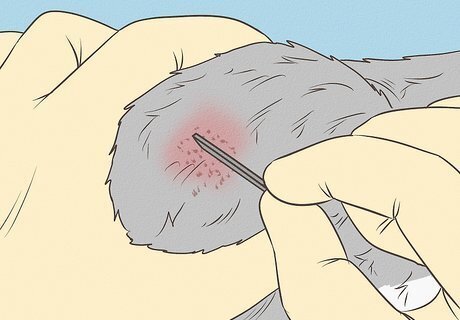
Visit your vet. The symptoms of harvest mite infestation can be very similar to the symptoms of other ectoparasite infections (such as fleas). Additionally, unlike a flea infection, there is no one-size-fits-all, over-the-counter cure. If you believe your cat is experiencing a harvest mite infestation, your best course of action is to seek the advice of your vet. Your vet is likely to take a skin scraping and examine it under the microscope. This is the only way to make a definitive diagnosis.
Providing Medication with the Help of Your Vet
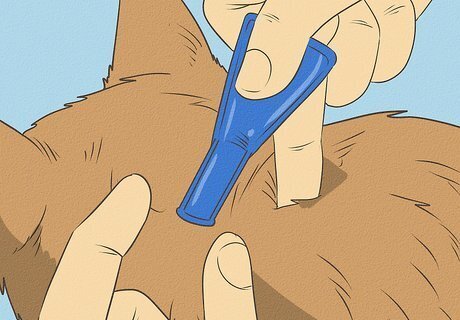
Administer insecticide. Unfortunately, there is not an insecticide created to specifically treat a harvest mite infestation. However, your vet can effectively use a insecticides formulated for fleas instead. Some insecticides may be administered orally, while others may be used topically. Your vet may use spot-ons (a topical liquid treatment), sprays, dips, shampoos, flea collars, oral medications or injections.
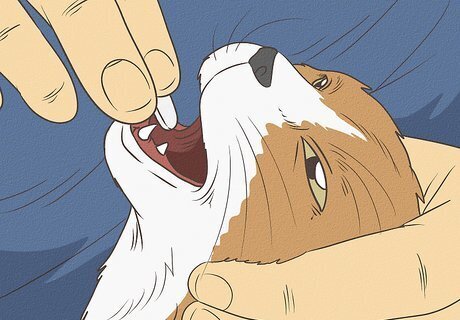
Provide anti-inflammatory medication. In cats who are particularly sensitive, anti-inflammatory medications may be given to help reduce swelling and inflammation. Your vet may provide this medication in the form of a pill or an injection, in most cases a corticosteroid.

Treat infections with antibiotics. Scratching the infected area can result in secondary skin infections. If this is the case for your cat, your vet may recommend the use of antibiotics. Your vet may provide this medication in pill-form or as an injection.
Continuing Treatment at Home
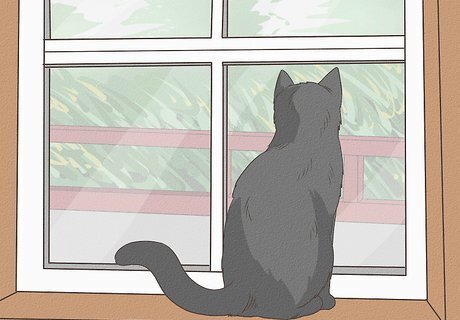
Keep your cat indoors. The most effective way to both prevent harvest mite infestation, and to help your cat heal, is to keep them indoors during the late summer and early fall. Particularly if your cat is recovering from an infestation, staying indoors will reduce the likelihood of re-exposure.
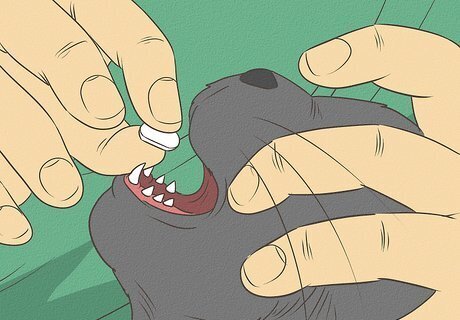
Administer medication at home. In most cases, your vet will complete any insecticide and/or anti-inflammatory treatments in their office. If your cat has developed a secondary skin infection, however, you may need to continue the use of antibiotics at home. Most likely, this medication will be in the form of a pill. You may need to try a few methods for giving your cat this medication. Follow all dosage instructions provided by your vet and do not try to apply anything else to the cat's skin, like alcohol or neosporin, without your veterinarian's advice.
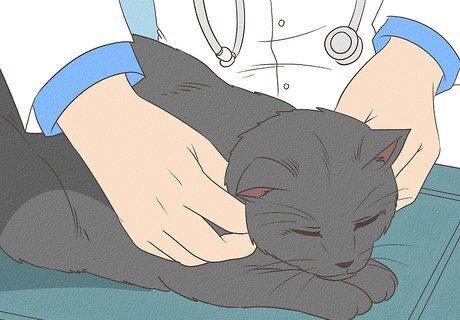
Return for a follow-up appointment. If your cat's infestation and/or secondary skin infection was severe, your vet is likely to request a follow-up appointment. Be sure to attend this meeting to ensure that the infestation is completely gone, and that your cat is healing nicely.















Comments
0 comment